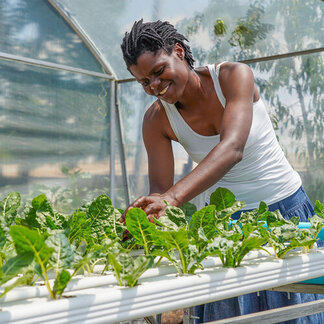
ZimNow Reporter
Beneath Zimbabwe’s sun-baked soil lies a seed of change. With climate crises, economic strains, and global instability threatening food security, the nation is reimagining its agricultural future—and the Food and Agriculture Organization of the United Nations is helping sow the roots of transformation. By 2030, Zimbabwe aims to harvest a bold vision: a thriving agricultural sector that feeds its people, fuels its economy, and weathers the storms of a changing world.
Recognizing that fields are the lifeline for the economy, the government has placed agriculture at the heart of its national strategy.
“Agriculture isn’t just about food; it’s the key driver of our Vision 2030,” declares Agnes Mugova, a senior official in Zimbabwe’s Ministry of Agriculture. “We’re building an economy where farms don’t just sustain families—they power progress.”
The Zimbabwe Agriculture Food Systems Transformation Strategy is a sweeping plan launched in 2020 to tackle food insecurity, slash import reliance, and create jobs—especially for youth. But this isn’t just about planting more crops. It’s about rewriting the rules of farming itself.
Enter the FAO, Zimbabwe’s ally in this agricultural overhaul. “We’re not just handing out tools—we’re igniting a revolution,” says Louis Muhigirwa, FAO’s Deputy Representative in Zimbabwe. From climate-smart farming apps to drought-resistant seeds, the FAO is equipping farmers with 21st-century solutions. Their strategy spans five pillars:
- Empowering communities through nutrition-focused programs.
- Reviving irrigation systems to turn parched land into fertile ground.
- Battling livestock diseases to protect farmers’ livelihoods.
- Slashing food waste with better storage and processing.
- Bridging the gap between farms and markets through upgraded infrastructure.
“Imagine a farmer using her phone to predict weather patterns or sell crops online,” Muhigirwa adds. “That’s the future we’re building—one where technology meets tradition.”
Zimbabwe’s strategy digs deep into four transformative pillars:
Related Stories
Policy Power: Creating laws that support small farmers and attract investment.
Smart Spending: Channeling funds into high-impact projects like mechanization and agro-processing.
Research Revolution: Investing in tech like drought-tolerant seeds and soil health monitors.
Modernization Mission: From solar-powered irrigation to digital marketplaces, bringing farming into the digital age.
A standout initiative? Reviving indigenous crops like millet and sorghum. “These aren’t just plants—they’re cultural treasures,” explains Phillip Goredema, an FAO specialist. “They’re resilient, nutritious, and a lifeline in uncertain times.”
Money matters. To fuel this green revolution, Zimbabwe is overhauling agricultural financing. The government has upgraded its agricultural bank, introduced insurance for small farmers, and launched grants for young agripreneurs. Farming is being made sexy for the next generation, who can think of drone surveys and agri-tech startups.
Beyond crops and cash, this is a story of survival. Climate change has battered Zimbabwe with erratic rains and scorching heatwaves. But the new strategy weaves resilience into every acre. “We’re not fixing one problem—we’re rebuilding the entire ecosystem,” says a government official. “From soil to market, we’re creating a chain that’s unbreakable.”
The stakes? Immense. But so is the momentum. With FAO’s support, over 60% of Zimbabwe’s UN Food Systems Summit commitments are already in motion. “Global goals mean nothing if they don’t take root locally,” Mugova emphasizes. “We’re making global promises *real* here—on our farms, in our villages.”
As Zimbabwe’s farmers till the soil, they’re planting more than seeds—they’re nurturing hope. “Our goal isn’t just to fill stomachs,” concludes a government leader. “It’s to cultivate a legacy: fertile fields, thriving families, and an economy that blooms from the ground up.”
In collaboration with the FAO, Zimbabwe is proving that even in the face of drought and uncertainty, the seeds of transformation can flourish.



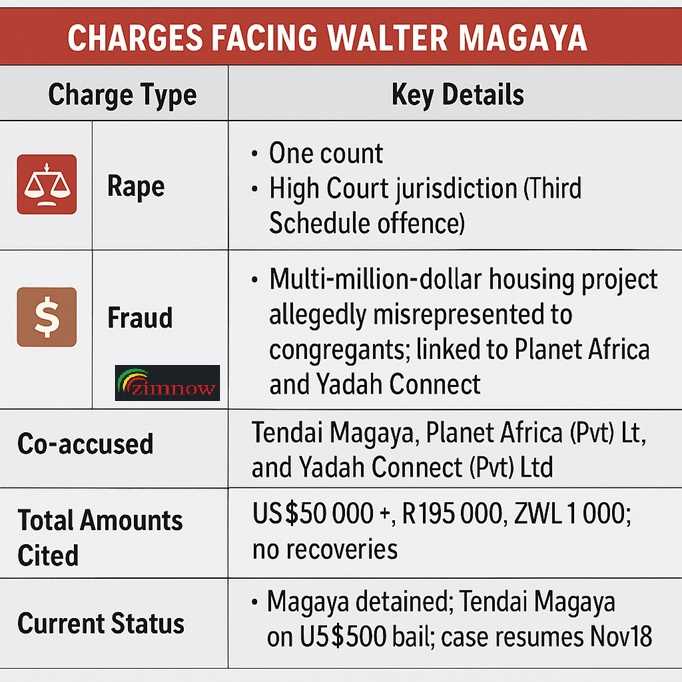
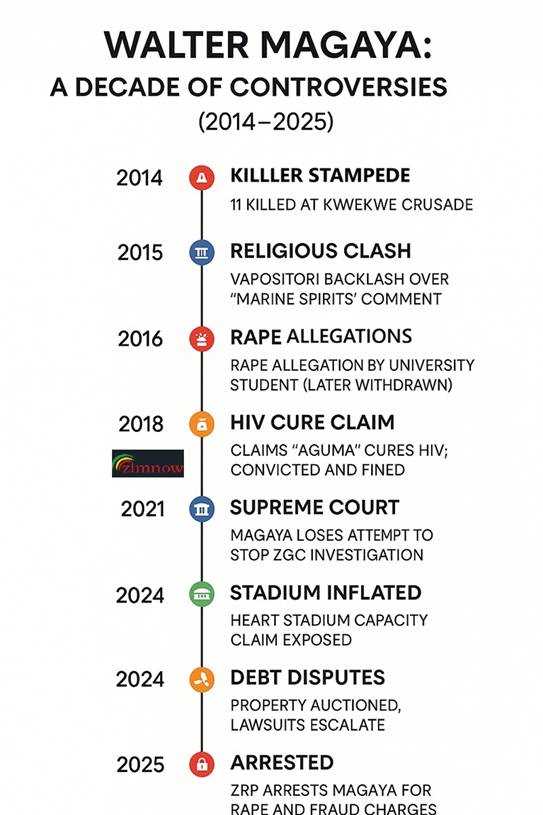
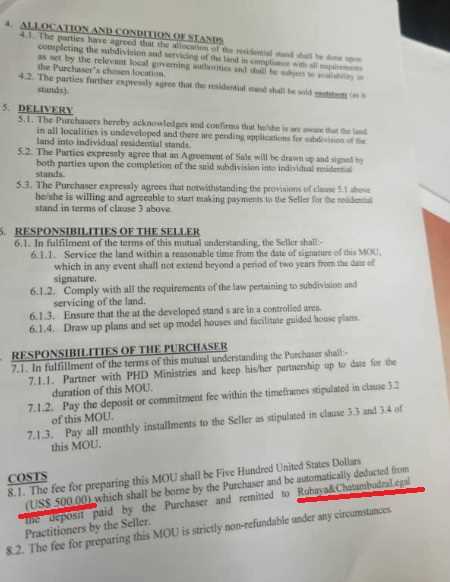




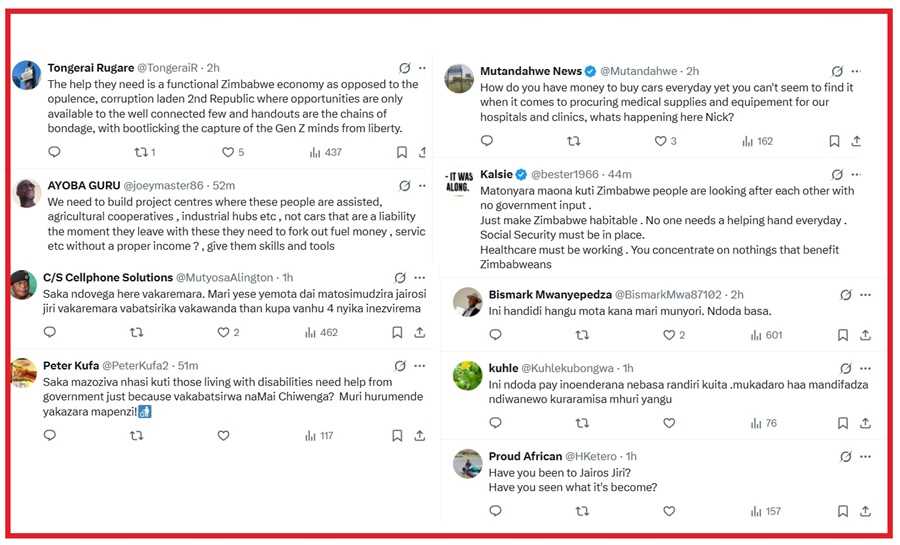





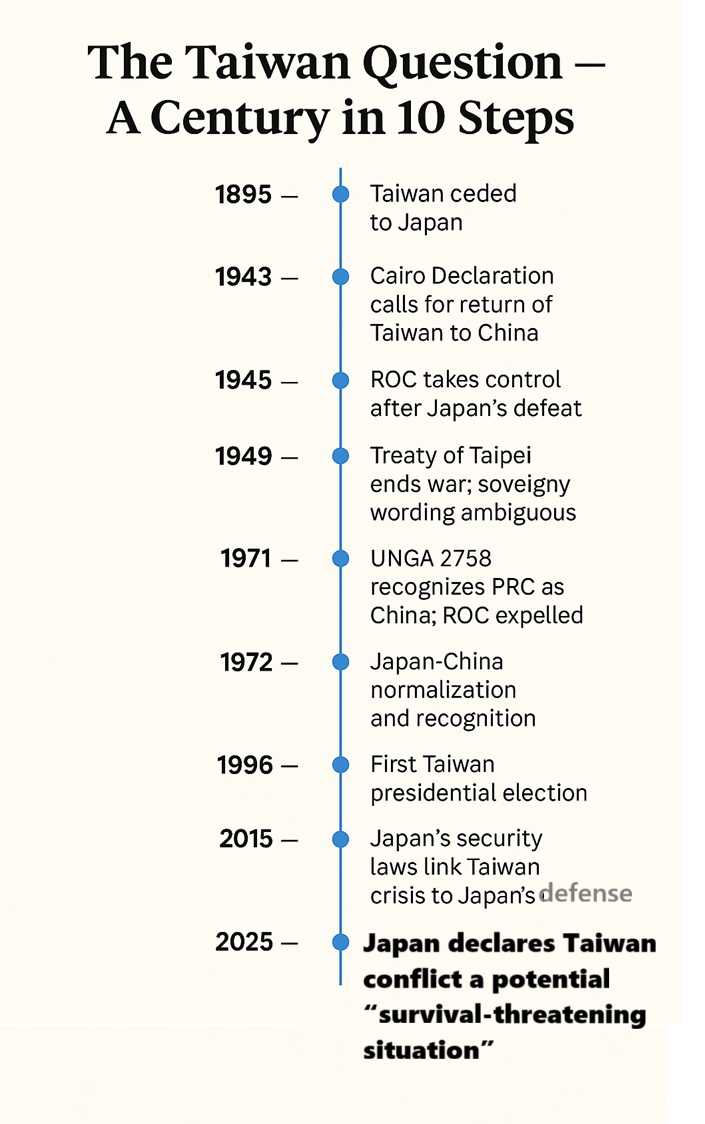


Leave Comments